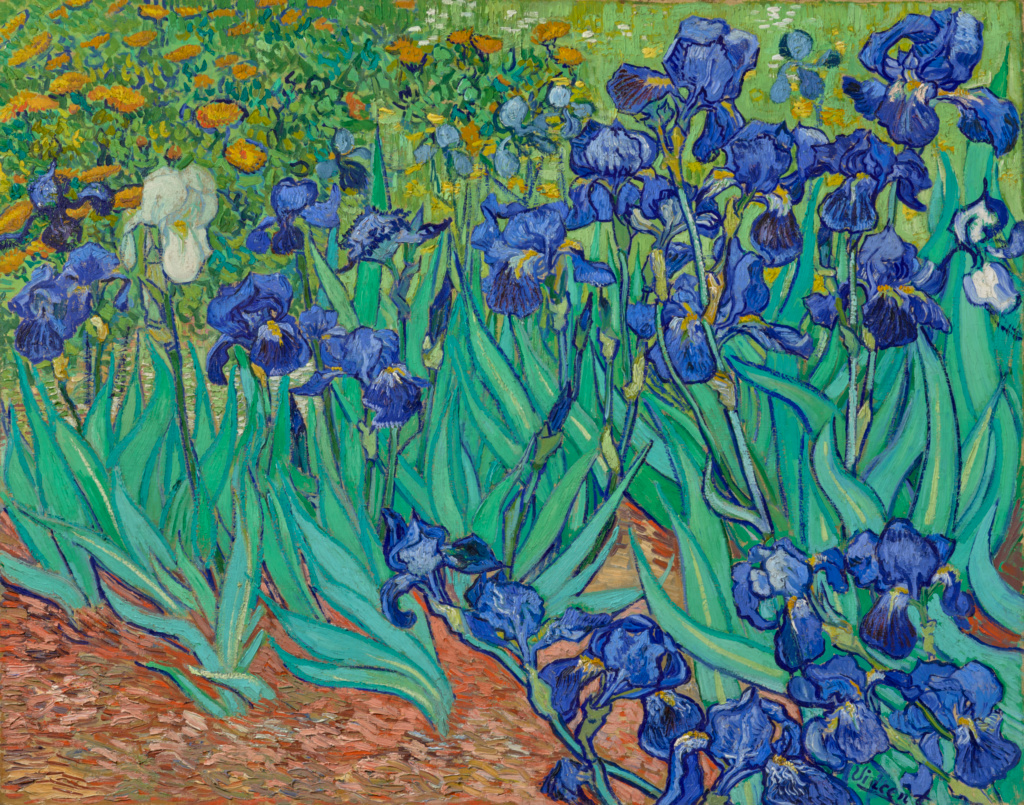As promised on Facebook some weeks ago, I picked up a copy of Barry Schwabsky’s new Landscape Painting Now, based on a glowing review by Peter Malone in Hyperallergic. The book argues for the capaciousness of landscape painting as a genre though a wide-ranging survey of contemporary practices.
Having only finished Schwabsky’s introductory essay, “Painting with the Flow of the World,” I am already finding useful points of contact with the problems of visual art design in healthcare. And I’m looking forward to taking the time to explore the dozens of artists profiled in its pages.
Schwaby specifically address the “experience of nature,” that is essential to healthcare design, though he does not frame it in those terms.
We have much to learn from sensitive scholars like Schwabsky. In fact, I am eager – and somewhat abashed – to address a significant lapse in my understanding of the “pictorial” in this discussion of art, image, content. While I think my point stands, it depends on a tendentious – or at least incomplete – definition of the “picture.” In trying to restore the place of abstraction and artistry as a healing apparatus apart from the representation, I’ve dismissed “pictures” as something akin to snapshots, i.e. “taking a picture.”
But a picture – above all, a painted picture – can be an experience too, in way for the person who makes it and in other ways for the people who come into contact with it. The gesture of offering one kind of experience as a way of conveying an idea about a different one is a species of metaphor, and that seems to be the spirit in which man o f today’s painters of landscape present their works. A landscape painting is not necessary a representation of a landscape, but rather something that, in being constructed out of pieces of representation, kindles an experience of its own – one that, as those fragments of resemblance suggest, is somehow like an experience of nature. (24)
Ordinary art criticism plays nearly no role in the field of healing art design. I’m happy to attempt to draw these fields together to some degree. I’ve learned here that thinking about art in either field will require some thinking of how art is valued, how its qualities are assessed, and about how to characterize the experience of art.
We will explore how those values, qualities, and experiences depend largely on the context of the built environment.
